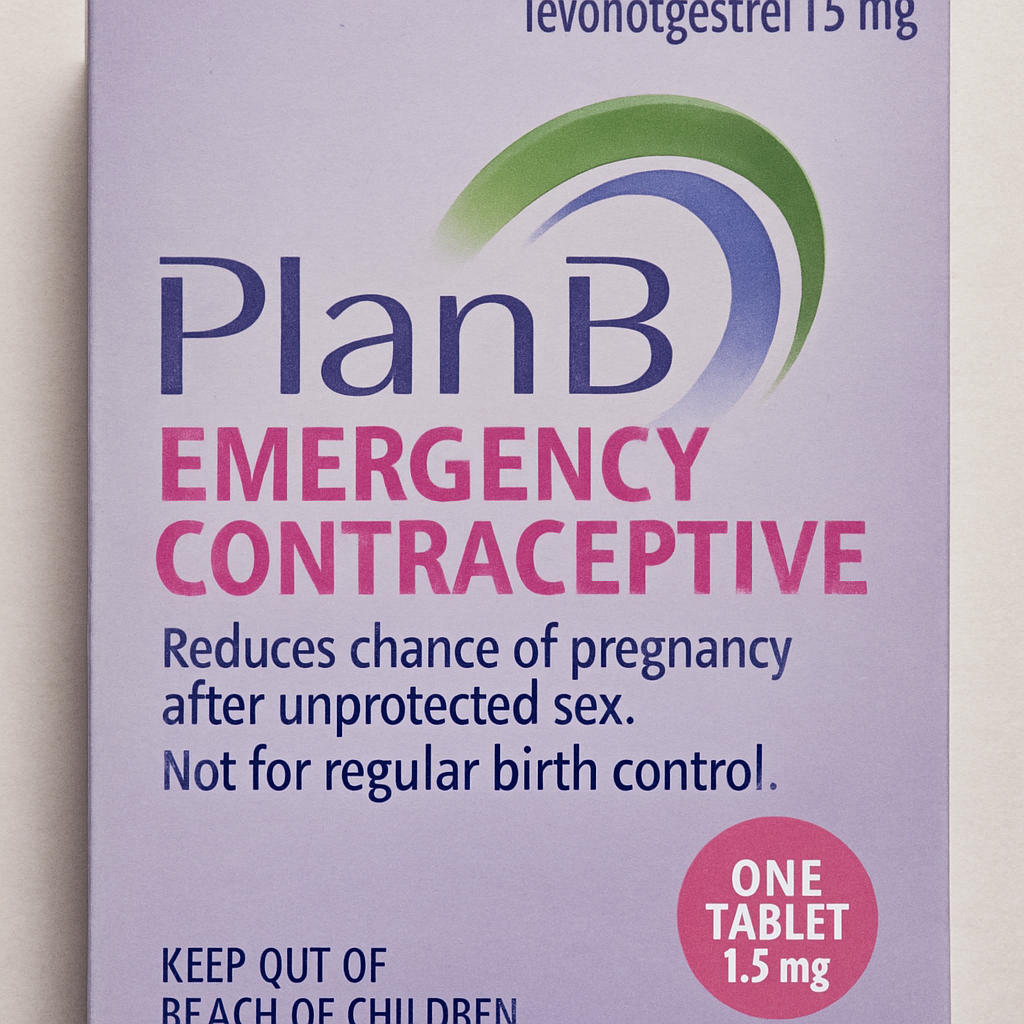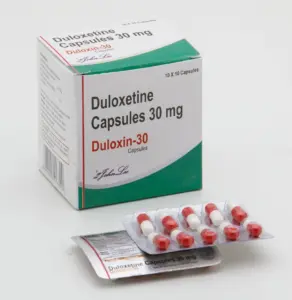Emergency contraception is a vital tool in the landscape of reproductive health, providing a safety net to prevent unwanted pregnancies after unprotected intercourse or contraceptive mishaps. Among the array of emergency contraceptives, Plan B—commonly known as the “morning-after pill”—stands out due to its accessibility and effectiveness. Understanding the timeframe within which Plan B remains effective is crucial for individuals considering its use. This expanded article delves into the nuances of Plan B’s effectiveness, offering in-depth insights to guide informed decisions about reproductive health.

Plan B is an over-the-counter emergency contraceptive pill engineered to prevent pregnancy following unprotected sex or contraceptive failure, such as a broken condom. Its active ingredient, levonorgestrel, is a synthetic hormone that mirrors the naturally occurring hormone progesterone. This hormone orchestrates the prevention of ovulation, fertilization, or the implantation of a fertilized egg in the uterus, thereby averting pregnancy.
How Does Plan B Work?
Plan B’s primary mechanism is the prevention or delay of ovulation. By halting the release of an egg from the ovary, it reduces the likelihood of fertilization. If ovulation has already occurred, Plan B may still thwart pregnancy by impeding fertilization or hindering the implantation of a fertilized egg. It’s crucial to clarify that Plan B is not an abortion pill—it does not terminate an existing pregnancy and is ineffective if the implantation has already taken place.
Chemical Composition and Functionality
Levonorgestrel, the active component of Plan B, is a synthetic progestin. It works by thickening cervical mucus, making it more challenging for sperm to reach any egg that might have been released. Additionally, it alters the uterine lining, reducing the chances of a fertilized egg implanting. The effectiveness of Plan B is largely contingent on its timely administration relative to the menstrual cycle and the occurrence of ovulation.
Accessibility and Usage Guidelines
Plan B is widely accessible over the counter without a prescription, making it a convenient option for many. It is most effective when taken as soon as possible after unprotected intercourse. There are no age restrictions for purchasing Plan B, which underscores its role as an emergency contraceptive option accessible to a broad demographic. Users should follow the instructions on the packaging carefully to maximize its efficacy.
The Effectiveness Timeline of Plan B
How Soon Should You Take Plan B?

For optimal effectiveness, Plan B should be taken as soon as feasible following unprotected sex. The immediacy of administration is directly proportional to its efficacy, with the highest success rates observed when taken within 24 hours. While Plan B can be taken up to 120 hours (5 days) post-intercourse, its effectiveness diminishes progressively with each passing hour. This decline in efficacy underscores the critical importance of timely action.
Effectiveness Within 24 Hours
Administering Plan B within 24 hours of unprotected intercourse can diminish the risk of pregnancy by up to 95%. This impressive rate of effectiveness highlights the necessity of promptness in taking the pill. Acting swiftly can significantly bolster Plan B’s capacity to prevent pregnancy, making it a reliable emergency contraceptive within this timeframe.
Effectiveness Within 48-72 Hours
If Plan B is ingested between 48 and 72 hours after intercourse, its effectiveness decreases to approximately 85%. Although still a considerable reduction in pregnancy risk, this decline exemplifies the importance of not delaying its use. Taking Plan B within this window remains a viable emergency contraceptive option, albeit with reduced assurance compared to earlier administration.
Effectiveness Between 72-120 Hours
Plan B retains some degree of effectiveness when taken between 72 and 120 hours after unprotected sex, but this effectiveness is notably diminished. While it can still offer a measure of protection, it becomes substantially less reliable as time progresses beyond the initial 72-hour period. This underscores the importance of considering alternative emergency contraceptive options if significant time has elapsed.
Factors Affecting Plan B’s Effectiveness
Body Weight and BMI
Emerging research indicates that Plan B’s effectiveness may be compromised in individuals with a higher body mass index (BMI). Studies suggest that those with a BMI over 25 may experience a reduced efficacy of Plan B, prompting healthcare professionals to recommend alternative emergency contraceptives, such as a copper IUD, which are not influenced by body weight. This consideration is vital for ensuring optimal contraceptive outcomes.
Timing of Ovulation
The timing of ovulation plays a pivotal role in Plan B’s effectiveness. If ovulation has already occurred at the time of ingestion, the pill’s primary function—to delay or prevent ovulation—is rendered ineffective. As such, the ability of Plan B to prevent pregnancy is significantly compromised if the egg has already been released, highlighting the importance of understanding one’s menstrual cycle when considering Plan B.
Alcohol and Medication Interactions
The effectiveness of Plan B can be influenced by the concurrent use of certain medications and excessive alcohol consumption. Medications such as those used to treat epilepsy, tuberculosis, or HIV may reduce the efficacy of Plan B. Similarly, excessive alcohol consumption can potentially interfere with the body’s absorption of the pill. Individuals taking medications or with specific health concerns should consult a healthcare provider to discuss potential interactions and explore alternative emergency contraceptive options.
Alternatives to Plan B
Ella (Ulipristal Acetate)
Ella represents another form of emergency contraception, distinguished by its active ingredient, ulipristal acetate. It is available by prescription and can be taken up to 120 hours (5 days) after unprotected sex. Ella may offer a higher efficacy rate than Plan B, particularly for individuals with a higher BMI. Its mechanism of action involves altering the hormonal environment necessary for ovulation, making it a compelling alternative for those seeking emergency contraception.
Copper IUD

by The Cleveland Museum of Art (https://unsplash.com/@clevelandart)
The copper IUD stands out as a highly effective emergency contraceptive option. It can be inserted by a healthcare provider up to 5 days following unprotected intercourse. Unlike hormonal methods, the copper IUD provides long-term contraception and is not affected by body weight. Its mechanism involves creating an environment hostile to sperm and preventing fertilization, making it a reliable option for those seeking both emergency and ongoing contraception.
Comparing Effectiveness and Suitability
When considering emergency contraception, individuals should weigh the relative effectiveness and suitability of options like Plan B, Ella, and the copper IUD. Factors such as timing, body weight, and personal health considerations should guide decision-making. Consulting a healthcare provider can provide personalized advice, ensuring that individuals select the most appropriate emergency contraceptive method for their unique circumstances.
Plan B: Myths and Facts
Myth: Plan B Causes Abortion
Fact: Plan B does not induce abortion. Its mechanism of action focuses on preventing ovulation and fertilization. If a fertilized egg has already implanted in the uterus, Plan B will have no effect, as it cannot disrupt an established pregnancy. Understanding this distinction is crucial for dispelling misconceptions about the nature of emergency contraception.
Myth: Plan B is 100% Effective
Fact: While Plan B significantly mitigates the risk of pregnancy, it is not infallible. Its effectiveness is contingent upon prompt administration and can be influenced by factors such as body weight and timing of ovulation. Users should be aware that no emergency contraceptive method guarantees absolute prevention of pregnancy, emphasizing the importance of timely use and informed decision-making.
Myth: Plan B is a Substitute for Regular Contraceptives
Fact: Plan B is intended solely for emergency use and should not replace regular contraceptive methods. Regular contraceptives, such as birth control pills, patches, or IUDs, provide more consistent and reliable prevention of pregnancy. Plan B serves as a backup measure in instances of contraceptive failure or unprotected sex, underscoring the importance of maintaining regular contraceptive practices.
When to Consult a Healthcare Provider
If you have concerns about Plan B’s effectiveness, potential interactions with other medications, or uncertainty about which emergency contraceptive option is best for you, consulting a healthcare provider is advisable. Healthcare professionals can offer personalized guidance, taking into account individual health profiles and circumstances. They can also discuss alternative options that may be more suitable, ensuring comprehensive reproductive health care tailored to your needs.
Conclusion
Plan B is a critical component of emergency contraception, but its effectiveness is intrinsically linked to timing. A thorough understanding of the timeline and factors influencing its efficacy can empower individuals to make informed decisions when needed most. Consulting a healthcare professional remains an invaluable resource for advice tailored to specific situations. Remember, emergency contraception is one facet of a comprehensive approach to reproductive health care, and being informed is the first step in making empowered choices.



